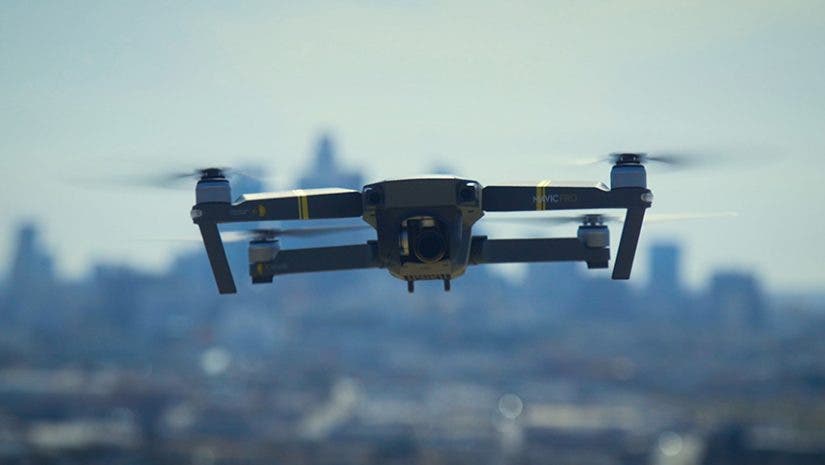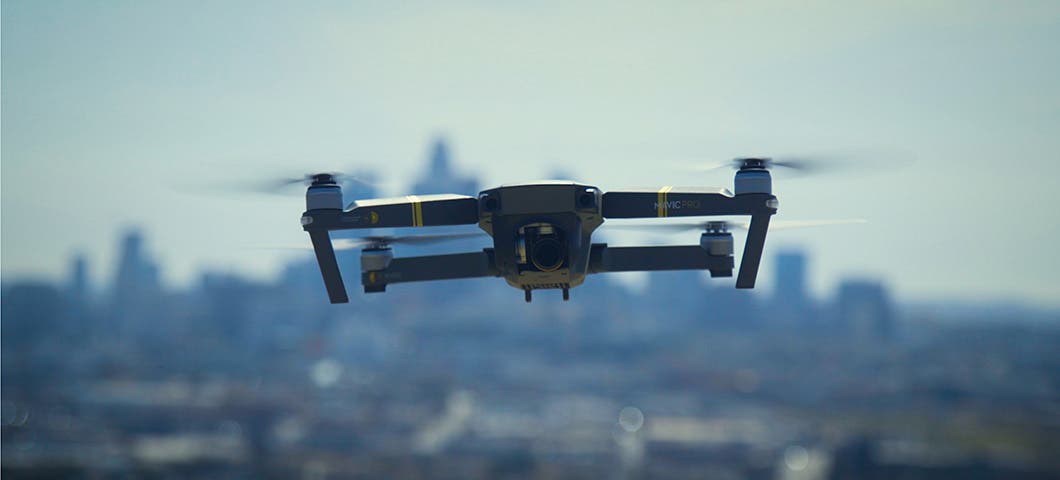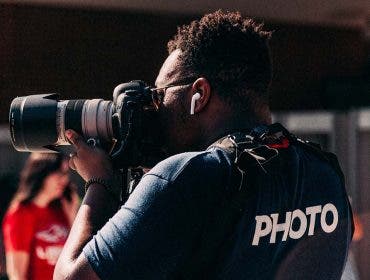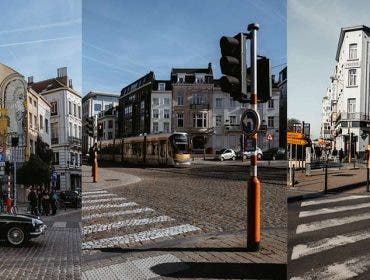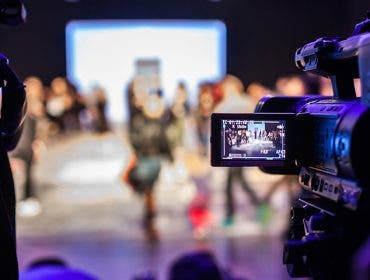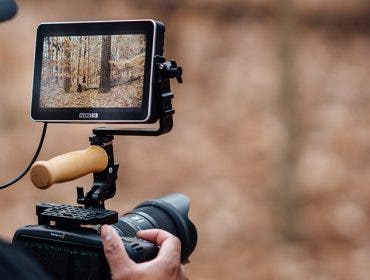Drones have been the hottest trend in photography over the past few years, thanks to the production not only of more user-friendly and highly intelligent drones, but also of more capable gimbal cameras with very impressive optics. The photography industry may never outgrow land-based photography, but aerial photography certainly presents unique challenges and offers new creative outlets for both aspiring and professional photographers.
With this year’s available range of surprisingly compact consumer and pro-level drones, any aspiring drone photographer can capture images from any height and angle—as long as they obtain the necessary permits and stay within legal UAV boundaries. As you can imagine, the sky’s the limit when it comes to your photographic (and cinematic) output, particularly if you work with drones equipped with 4K cameras.
So if you’re looking to take your photography to a whole new level, check out some of these best drones for taking pictures.
Best Drones for Aerial Photography
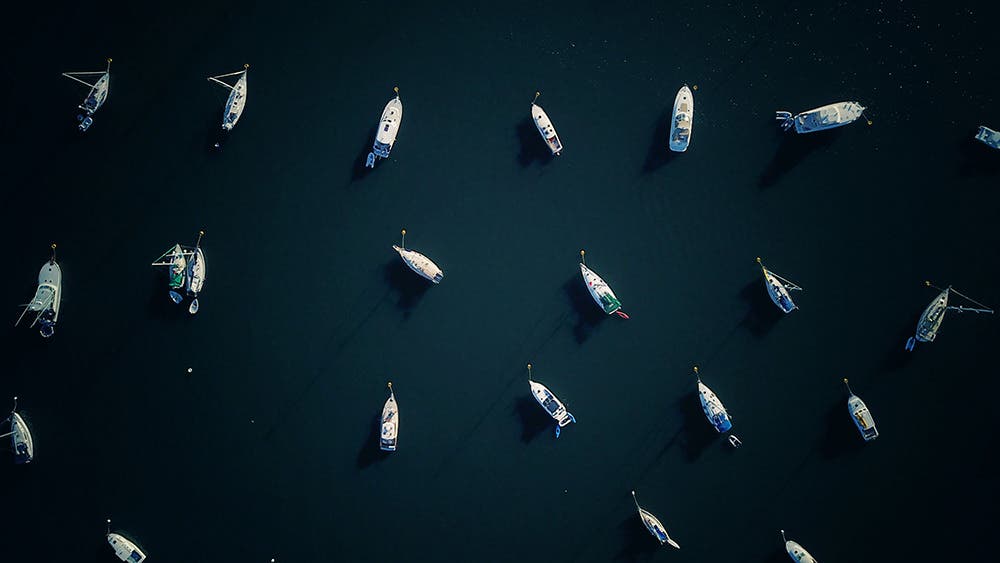
Whether you’re pushing your creative limits or hoping to venture into professional aerial photography, these popular camera drones can help your career reach new heights.
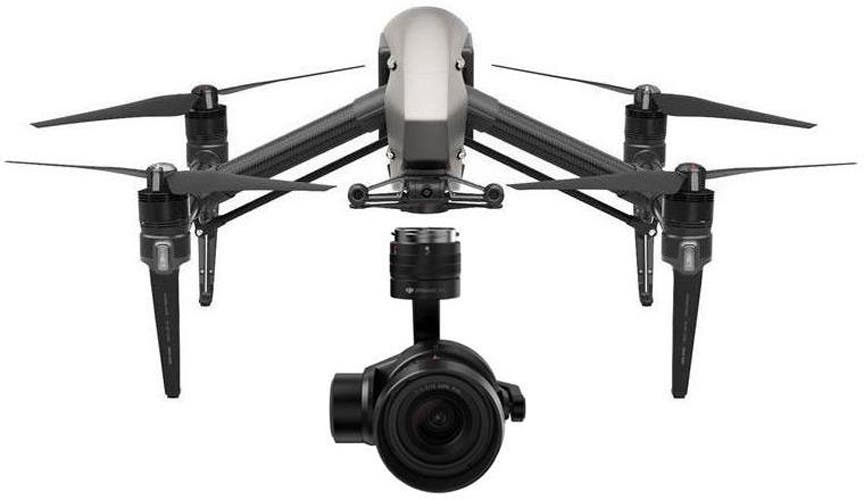
DJI Inspire 2 with Zenmuse X5S ()
The Inspire 2 is just one of the many popular models from the leading manufacturer of consumer drones, DJI. It succeeds the ground-breaking Inspire 1 and offers more than the brand’s trademark features — it includes the Zenmuse X5S camera. With reliable gimbal stabilization on three axes, sharp photos and videos are assured, even when this aerial photography drone is flying at top speeds.
The drone has DJI’s sophisticated FlightAutonomy System, which enables Intelligent Flight Modes that ensure super easy, auto-pilot controls. These include object tracking, so you don’t have to worry about flying it when you need to focus on framing your photos, as well as obstacle sensing and avoidance, which makes it ideal even for indoor drone photography.
Key Specifications:
- DJI Zenmuse X5S 15mm f/1.7 Camera
- 3-Axis Gimbal Stabilization Technology
- 20.8MP Micro Four Thirds CMOS Sensor
- CineCore 2.0 Image Processing System
- 20MP Photos / Cinema 4K Videos at 60fps
- Up to 27 Minutes of Flight Time
- Maximum Flight Speed of 108kph
- Maximum Takeoff Weight of 4kg
- FlightAutonomy System with Intelligent Flight Modes
- Obstacle Sensing and Avoidance
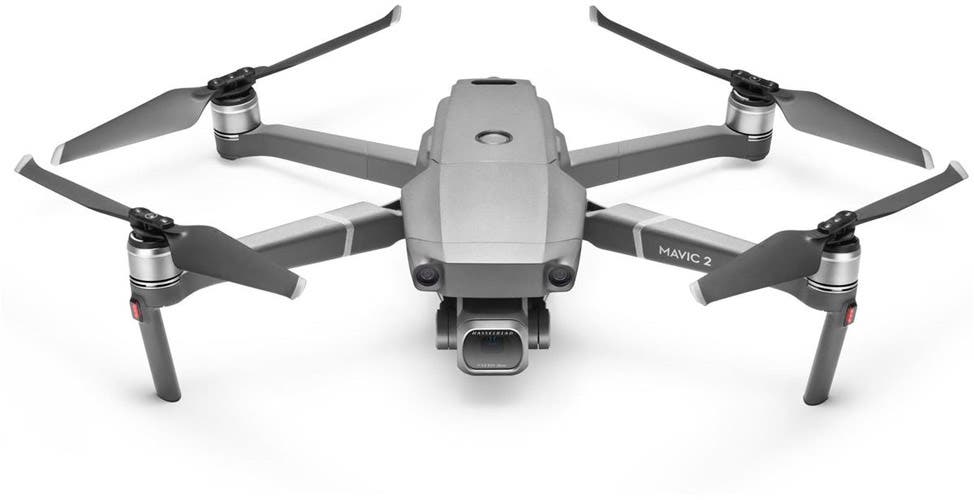
DJI Mavic 2 Pro ()
Released just a little over a year ago in August 2018, the Mavic 2 Pro is the much-awaited update to the Mavic Pro. It was released alongside the Mavic 2 Zoom, but the Mavic 2 Pro features a bigger 1-inch CMOS sensor that captures 20-megapixel photos and ultra HD 4K videos at 30p.
What we love about the Mavic 2 Pro is its creative photo modes — notably Hyperlapse, which allows the drone to steadily capture multiple photos and process them to create very impressive time lapses with just a tap of a button. Its HyperLight feature and maximum ISO sensitivity range of 12,800 also make it great for shooting dramatic sunsets and other low-light conditions.
Key Specifications:
- Hasselblad L1D-20c 28mm f/2.8-f/11 Camera
- 3-Axis Gimbal Stabilization Technology
- 20MP 1-Inch CMOS Sensor
- 20MP Photos / UHD 4K Videos at 30p
- Up to 31 Minutes of Flight Time
- Maximum Flight Speed of 72kph (Sport Mode)
- Maximum Takeoff Weight of 907g
- Omnidirectional Sensing with Object Avoidance
- Hyperlapse and HyperLight Photo Modes
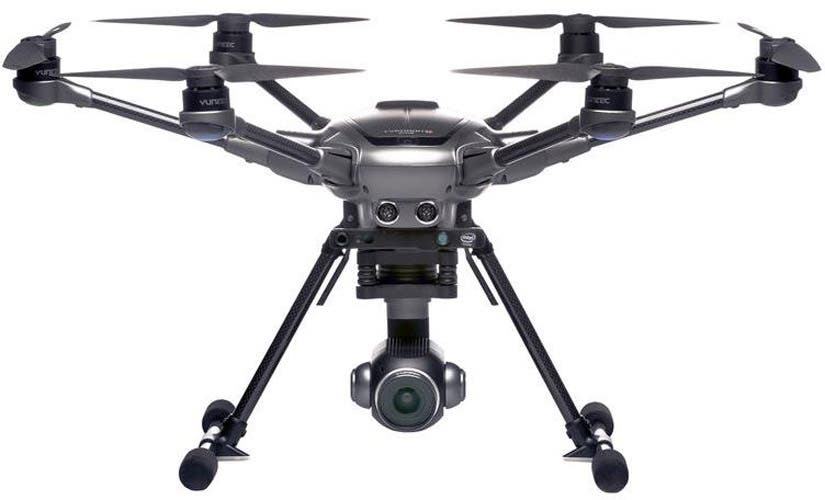
Yuneec Typhoon H Plus ()
The Yuneec Typhoon H was one of the best drones for real estate drone photography, alongside the more popular Phantom 4 Pro. But with the arrival of the upgrade, the Typhoon H Plus, seasoned drone photographers can now enjoy a more powerful camera that boasts a larger 1-inch CMOS sensor and 20 effective megapixels. Given the complications of shooting images from a moving aircraft, all the extra resolution is beneficial for the production of highly detailed images.
Complementing the optics are the drone’s Intel-powered sensing technologies, like collision avoidance and a variety of object tracking capabilities, as well as its stable six-rotor frame. Together, these key features allow you to focus on your photography and help you protect your investment.
Key Specifications:
- f/2.8 3-Axis Gimbal Stabilized Camera
- 20MP 1-Inch CMOS Sensor
- 20MP Photos / Cinema 4K Videos at 60fps
- Up to 30 Minutes of Flight Time
- Maximum Flight Speed of 48kph
- Maximum Takeoff Weight of 2.09kg
- Intel RealSense Technology
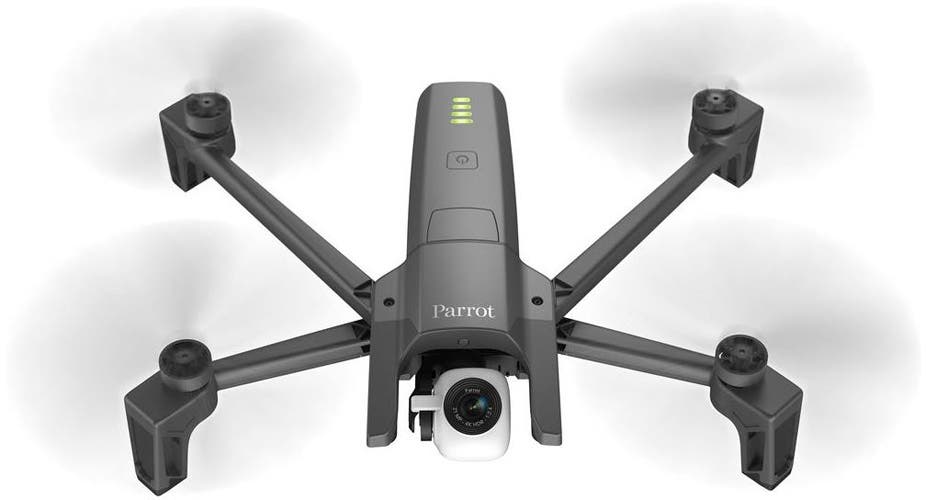
Parrot Anafi ()
Characterized by its 4K camera and foldable, lightweight frame, the Parrot Anafi joins the ranks of the more popular compact photography drones on the market. Aside from having a significantly more affordable price tag, its 1/2.4-Inch CMOS sensor and 23-69mm f/2.4 low-dispersion aspherical lens offer a slightly higher max resolution of 21.5 megapixels — the highest on this list.
But with outstanding characteristics often comes a few compromises. In this case, the Anafi has ditched the sensors to help keep the aircraft portable and affordable. And for many beginner aerial photographers, it’s just enough of what they need to capture spectacular stills in wide open areas.
Key Specifications:
- 23-69mm f/2.4 ASPH Lens
- 3-Axis Hybrid Gimbal Stabilization Technology
- 21.5MP 1/2.4-Inch CMOS Sensor
- 21MP Photos / Cinema 4K Videos at 24fps
- Up to 25 Minutes of Flight Time
- Maximum Flight Speed of 55kph
- Maximum Takeoff Weight of 320g
- Artificial Intelligence with Automated Flight Modes
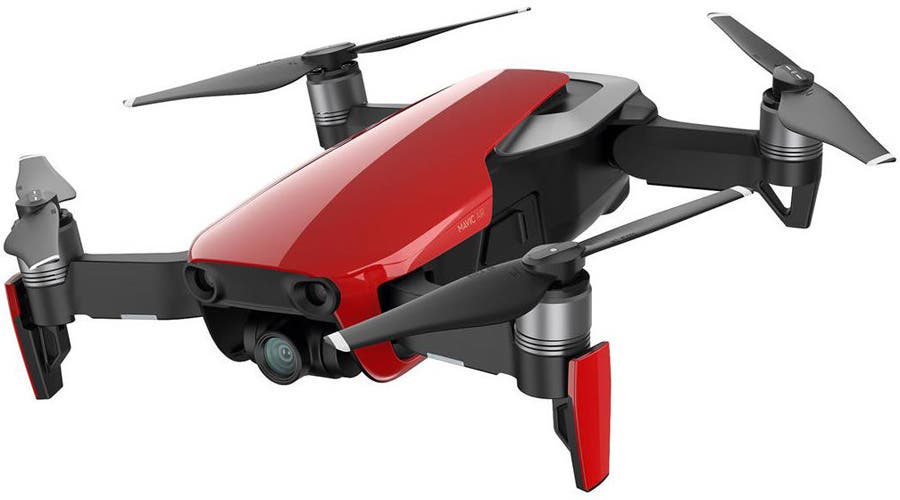
DJI Mavic Air ()
The Mavic Air is another wildly popular DJI drone, despite having a more humble 12-megapixel aerial camera. What users love about it is the aircraft’s (and controller’s) innovative, foldable design, which makes it convenient and all the more fun to use. There are sensors all around it so it can identify and even plot a course to avoid obstacles on its own.
One thing you’ll instantly want to try with the Mavic Air is its panoramic photo modes. Aside from being able to produce horizontal, vertical, and 180-degree panoramas, it’s capable of creating clear 32-megapixel sphere panoramas by stitching 25 photos in just eight seconds. Enjoy viewing them with the use of DJI Goggles or share them online for your friends to see. It’s definitely a great option for enthusiasts who want a DJI drone, minus the bulk and cost.
Key Specifications:
- 24mm f/2.8 3-Axis Gimbal Stabilized Camera
- 12MP 1/2.3-Inch CMOS Sensor
- 12MP Photos / UHD 4K Videos at 30p
- Up to 21 Minutes of Flight Time
- Maximum Flight Speed of 68.4kph (Sport Mode)
- Maximum Takeoff Weight of 430g
- 3-Directional Environment Sensing
- 32MP Sphere Panoramas
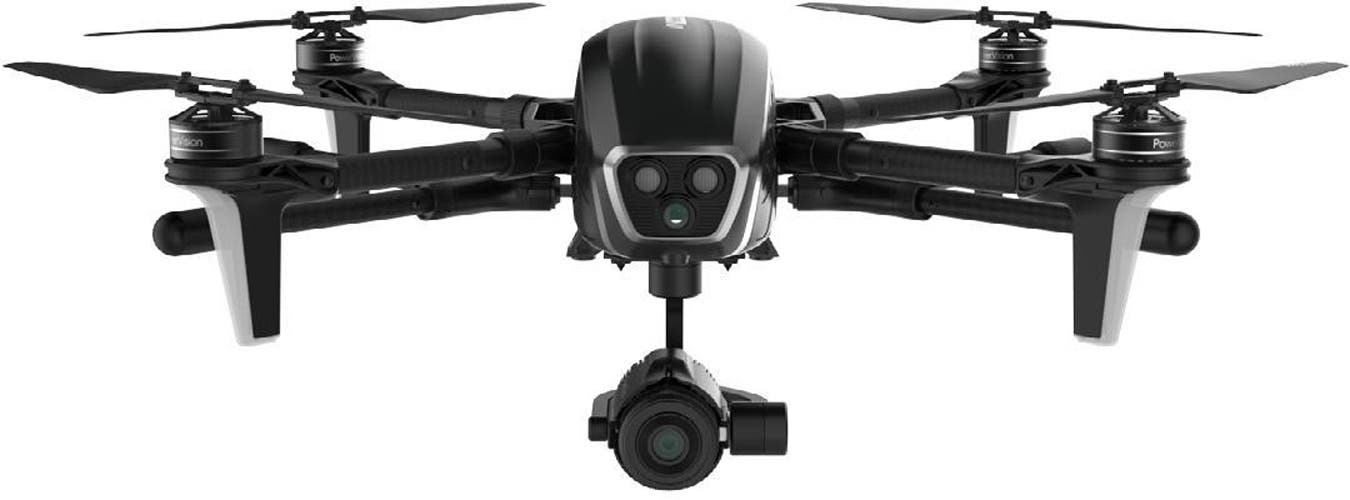
PowerVision PowerEye ()
The PowerVision PowerEye has a Micro Four Thirds camera sensor that rivals that of the Zenmuse X5S on the Inspire 2. If you’re looking for non-DJI options, its 16.1-megapixel photo and Cinema 4K 24p video resolutions are already more than what beginners would need to produce high-quality aerial imagery for a wide range of applications.
It already has the Panasonic Lumix G 14mm f/2.5 ASPH lens included, but the drone also allows the use of interchangeable lenses — namely the Olympus M.Zuiko ED 14-42mm f/3.5-5.6 EZ zoom lens as well as the M.Zuiko 17mm, 25mm f1.8, and M.Zuiko 45mm f1.8 prime lenses — so you can choose your desired angle of view. The control app and remote controller are also easier to use for drone beginners.
Key Specifications:
- Panasonic Lumix G 14mm f/2.5 ASPH Lens
- 3-Axis Gimbal Stabilization Technology
- 16.1MP Micro Four Thirds Sensor
- 16MP Photos / Cinema 4K Videos at 24p
- Up to 29.5 Minutes of Flight Time
- Maximum Flight Speed of 64.8kph (Pro Mode)
- Maximum Takeoff Weight of 3.95kg
- Object Detection Technology
Feature photo by ShareGrid on Unsplash
